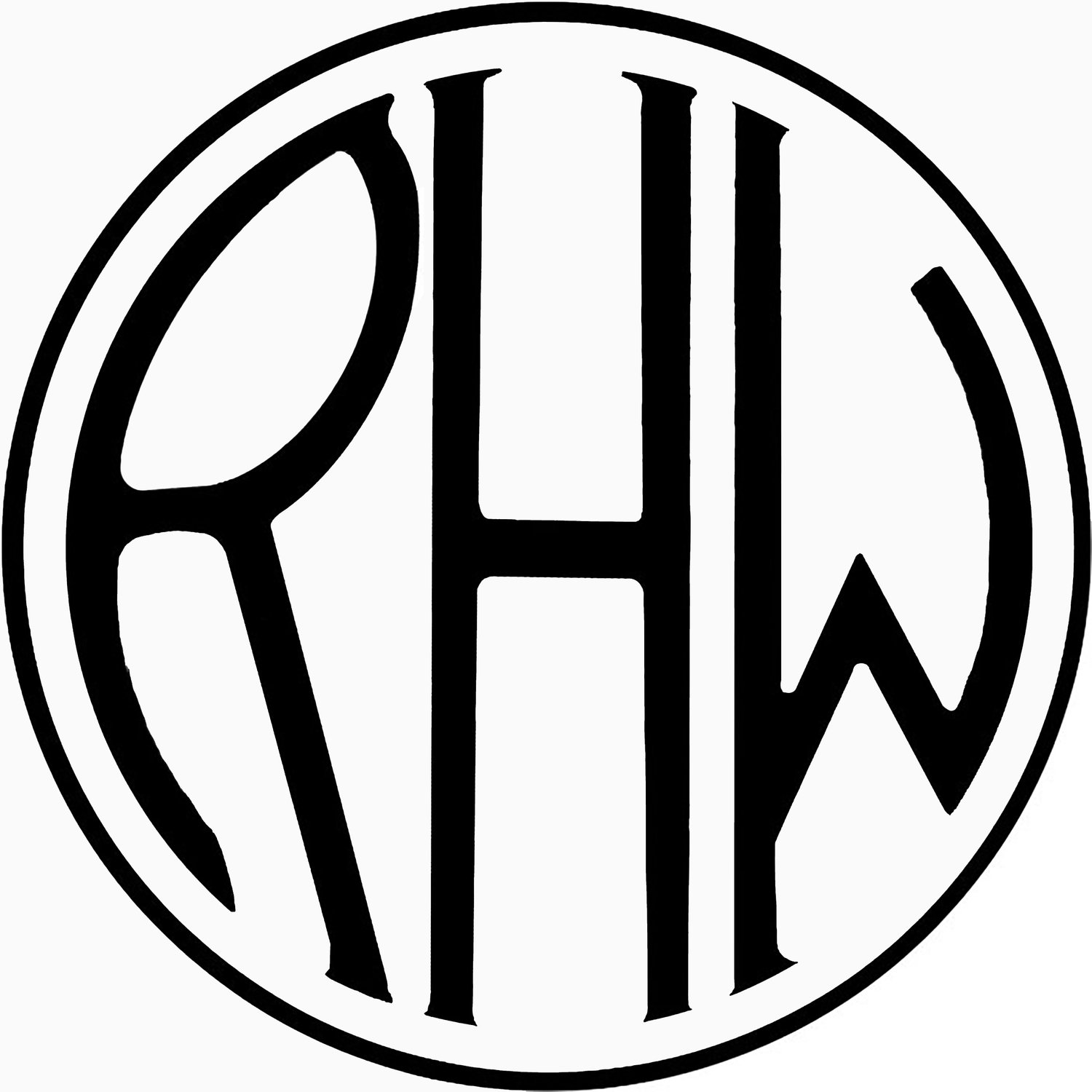The Illusion We Call Money
When I was a young insurance agent I took my commission cheque to the bank and withdrew $1,000, a one thousand dollar bill. I was pretty proud of myself. I used a photocopy of the bill in my sales presentation. I doubt that I could have purchased anything with the bill because most sales clerks had never seen one and would not believe it was real money.
(Editor’s note: As of January 1, 2021, the $1, $2, $25, $500 and $1,000 bills from every Bank of Canada series are no longer legal tender. Removing legal tender status from these bills means that you may no longer spend them in a cash transaction. However, The Bank of Canada will continue to honour them at face value.)
Money is not a thing it is an idea. It only has value because we believe it has value.
The people on the Micronesian Island of Yap used large round stones mined on neighbouring islands as a form of currency. The value of the stones was based, in part, on their size and how hard they were to obtain. Ownership of the stones was traded for goods and services and a public oral history of the trades was kept so that everyone would know who owned the stones. In one instance a stone slipped off a boat and was lost in the ocean but everyone agreed that it existed and its value was traded as part of the system of currency.
Near the end of the Second World War most countries allied with the United States agreed to tie their currency to the US dollar which was backed by the US large stockpile of gold. Storing US dollars in their reserves was a bit like storing gold and so the US dollar became know as the world reserve currency . In August of 1971 the Nixon administration ended the gold standard and allowed the value of the US dollar to be determined by belief in the United States ability to “back” the currency. Freed from the “gold standard” US politicians found a way to vote largess from the public coffers, by essentially printing money out of thin air.
In recent years cryptocurrencies have emerged, the most well-known being bitcoin. I can trade my dollars for Bitcoin. I do not receive physical coins, but an encrypted distributed electronic ledger is kept of the transaction, much like the Yap oral history of each stone. Only 21 million bitcoins will be minted. About 18.5 million exist today. New blocks of coins are mined or unlocked by using massive banks of computers to solve a very complex digital puzzle. Bitcoin miners compete to solve the puzzle and the winner is awarded bitcoin. The award as of today is 6.25 bitcoin. Today, 2020-08-22, one bitcoin = 15,241.87 Canadian Dollars. edit October 4, 2024 value $84,502.
The value of one bitcoin varies widely based on supply and demand. One Bitcoin block is mined about every 10 minutes.
A July 18, 2022, CNET article estimated that crypto mining in 2022 would consume about 200 terawatt-hours of electricity. For comparison: in 2019, Canada produced 632.2 terawatt-hours (TWh) of electricity.
October 4, 2024 A podcast summary from Google Notebook LM.




